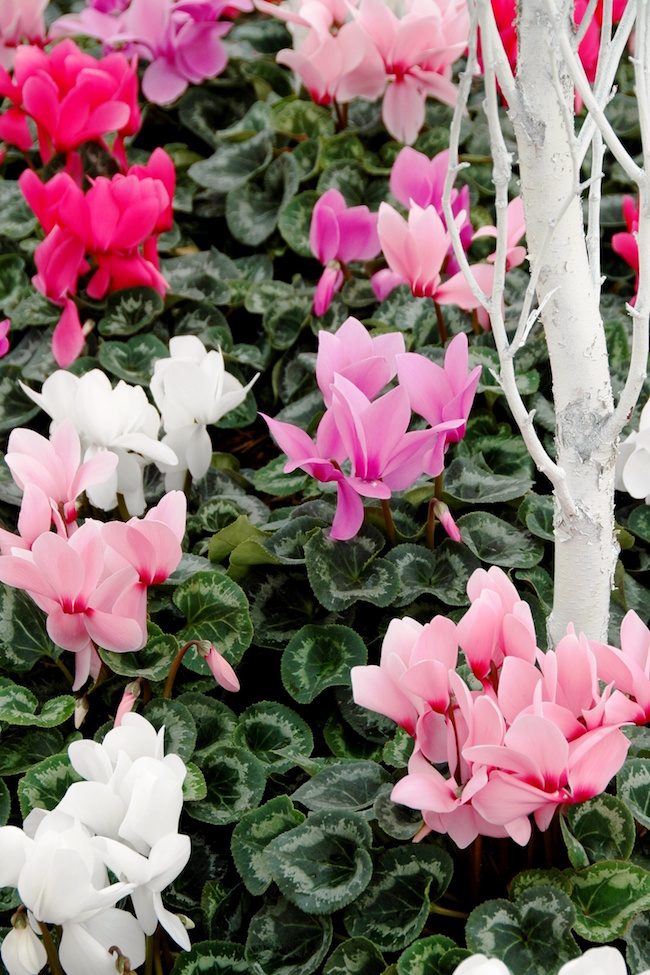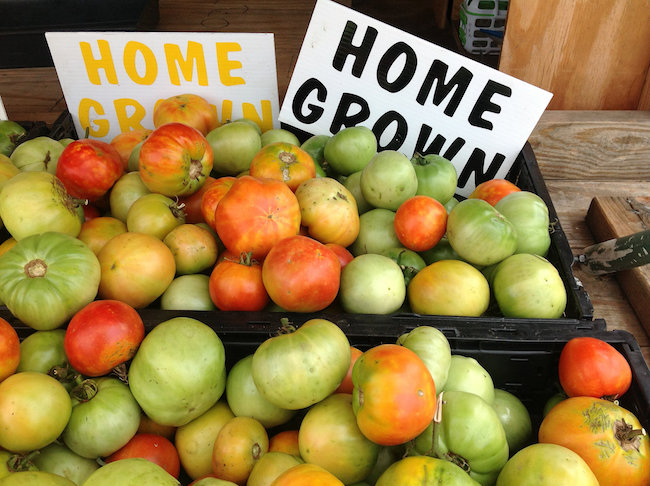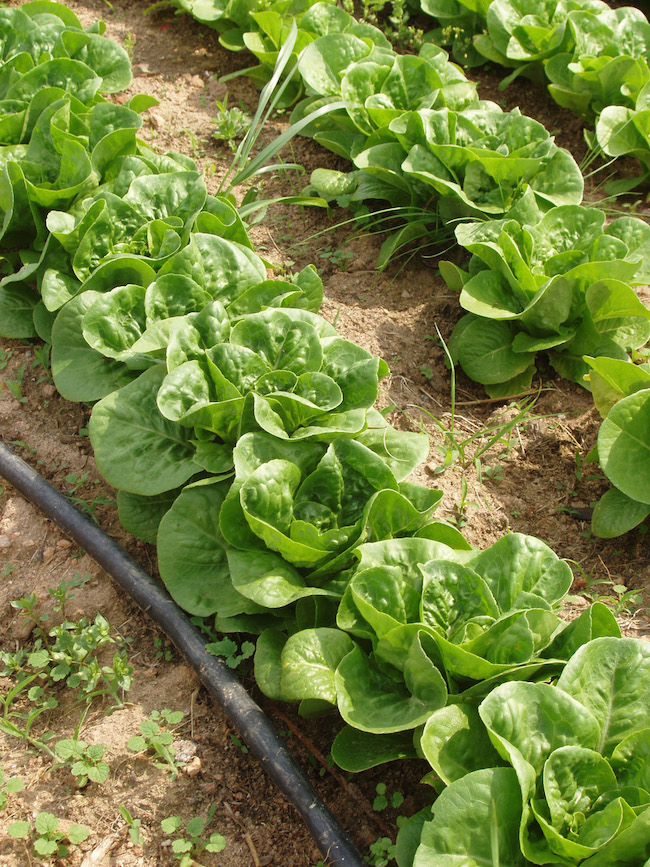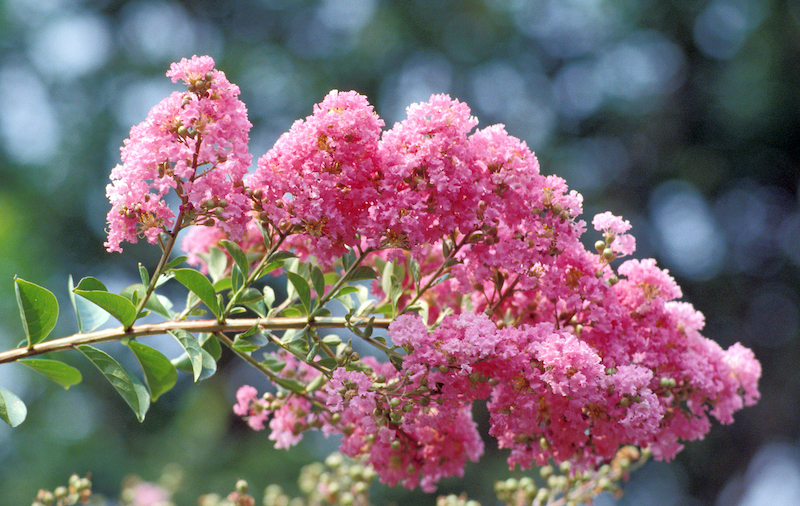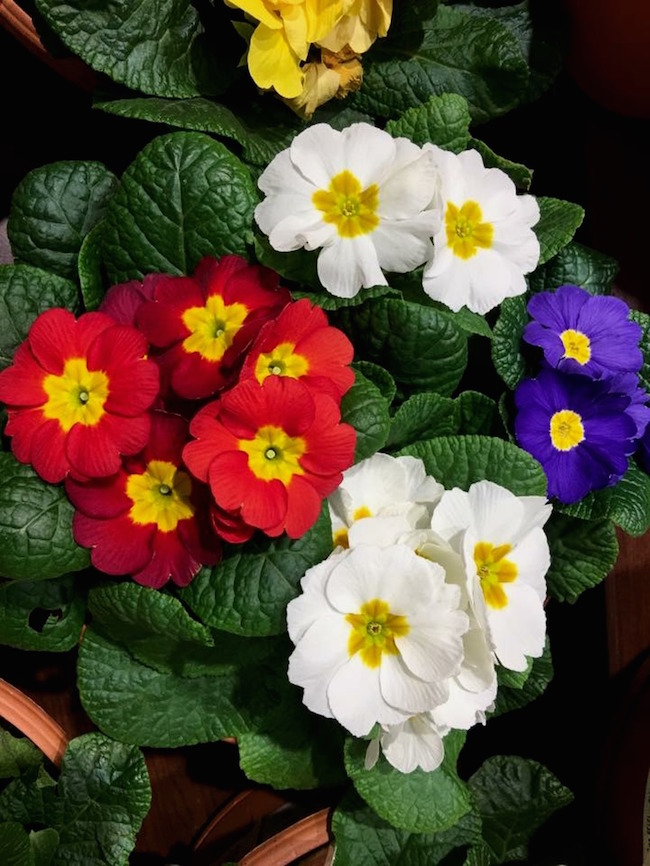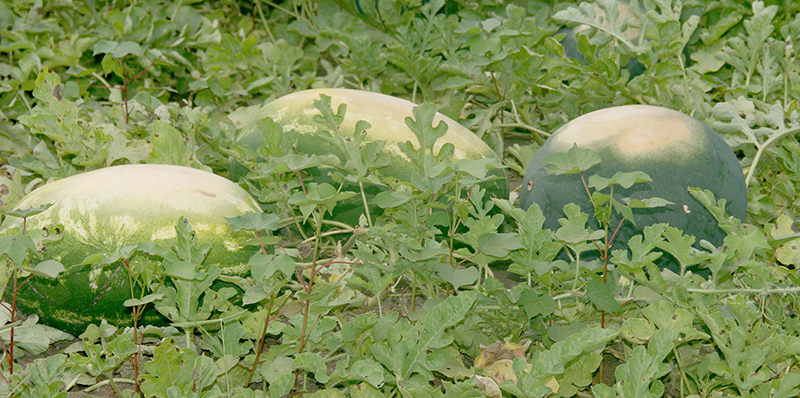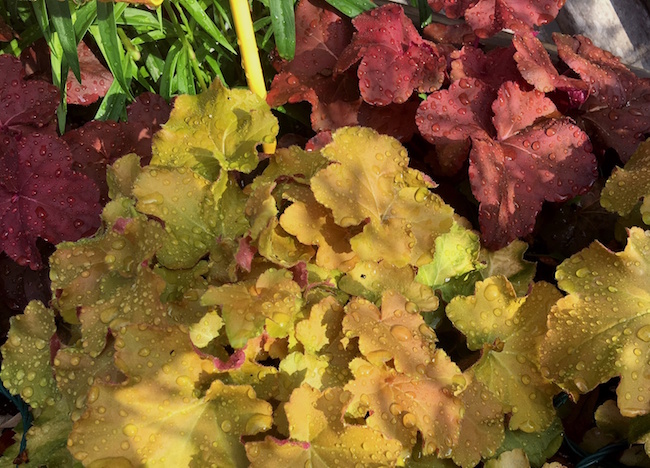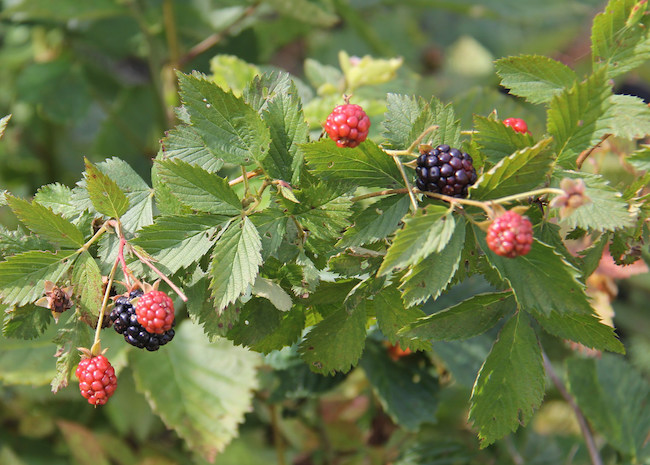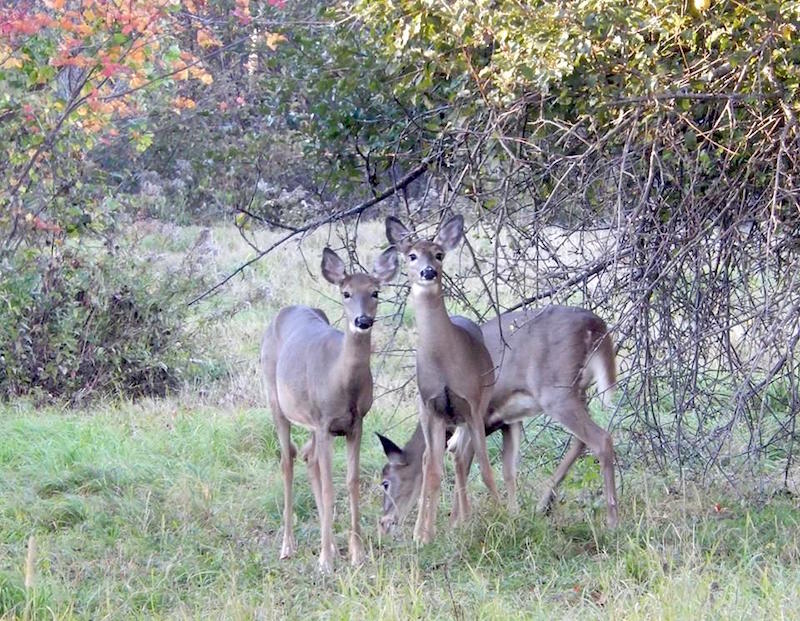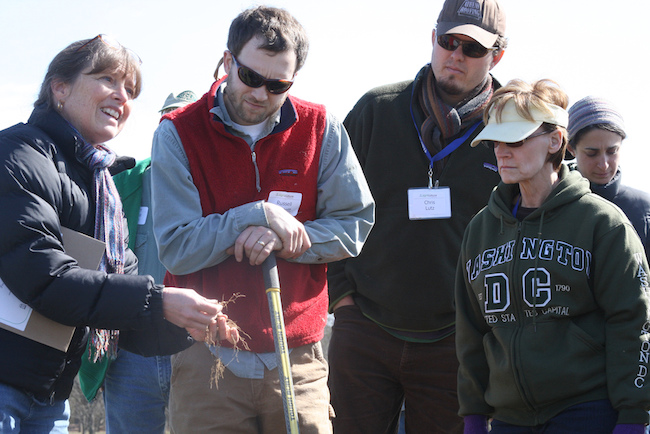 CAES News
CAES News
Organics Conference
More than 1,000 farmers, gardeners, health advocates and organic food lovers are expected to attend the 2017 Georgia Organics Conference and Expo. This year’s schedule includes farm tours, 10 in-depth workshops, 32 educational sessions, three daylong intensive workshops, two keynote addresses, one-on-one consulting sessions and a trade show. Registration ends on Monday, Feb. 6, for this year’s conference. The two-day annual event, one of the largest sustainable agriculture expos in the South, is set for Feb. 17-18 at the Georgia International Convention Center in Atlanta.

